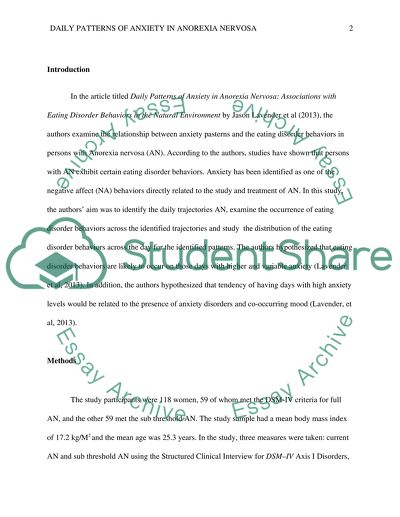Cite this document
(“Article review over a study on anorexia Book Report/”, n.d.)
Article review over a study on anorexia Book Report/. Retrieved from https://studentshare.org/psychology/1639264-article-review-over-a-study-on-anorexia
Article review over a study on anorexia Book Report/. Retrieved from https://studentshare.org/psychology/1639264-article-review-over-a-study-on-anorexia
(Article Review over a Study on Anorexia Book Report/)
Article Review over a Study on Anorexia Book Report/. https://studentshare.org/psychology/1639264-article-review-over-a-study-on-anorexia.
Article Review over a Study on Anorexia Book Report/. https://studentshare.org/psychology/1639264-article-review-over-a-study-on-anorexia.
“Article Review over a Study on Anorexia Book Report/”, n.d. https://studentshare.org/psychology/1639264-article-review-over-a-study-on-anorexia.


